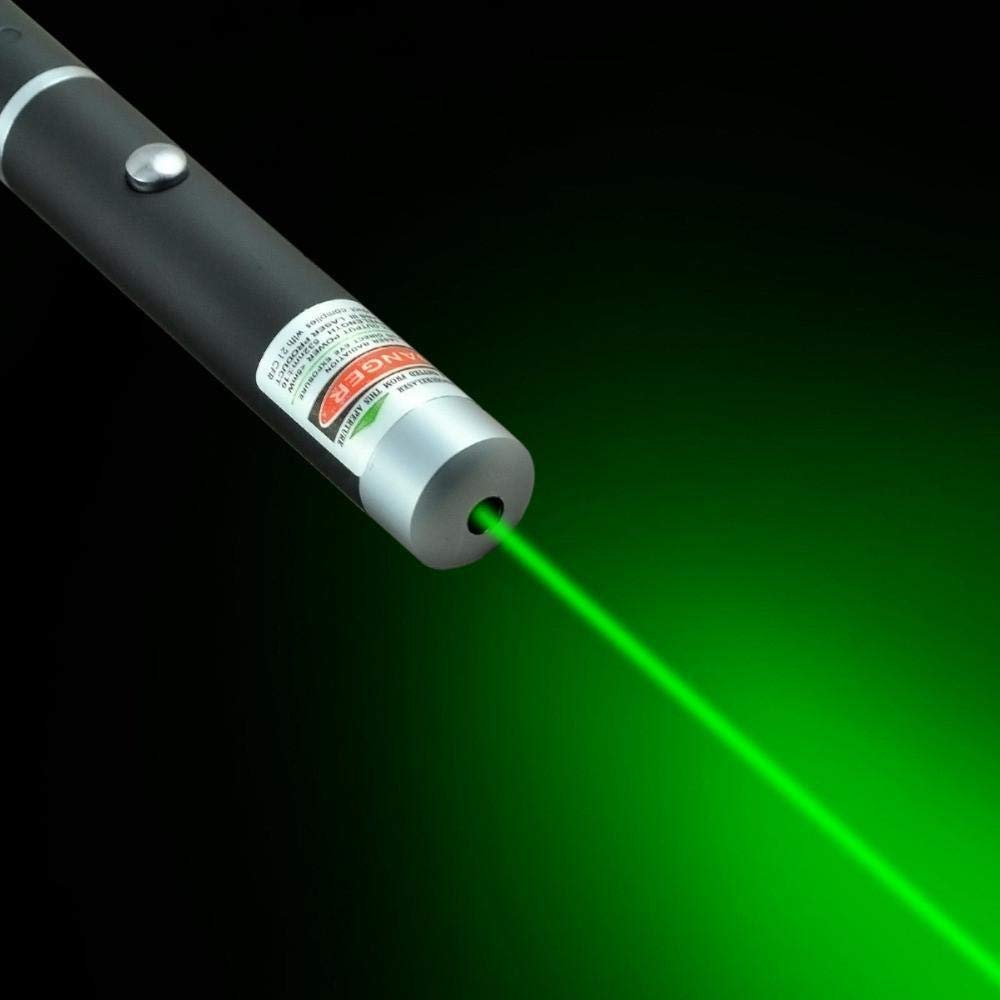Laser technology may not be a part of our daily lives, but it plays crucial roles in various fields such as industry, medicine, the military, and cutting-edge technology. Surprisingly, several Nobel Prizes have been awarded for significant contributions to laser technology.

Firstly, laser light differs from normal light in that it emits light at a specific wavelength, giving it a distinct color. Laser light is powerful enough to potentially cause damage to the eyes. Unlike normal light, laser light doesn’t spread but focuses on a single spot. The concept of laser technology originated from Einstein’s research, and in 1960, the journey of laser beams began with the work of scientist Maimen.
Understanding the process involves electrons moving to higher levels in atoms. However, they cannot remain stable in these higher levels, leading to the release of energy as they return to their original state. This released energy corresponds to light or heat energy.
Maimen utilized a ruby atom in laser technology, where the movement of electrons from a higher to a lower orbital level produced light of a specific color. To prevent light scattering, Maimen used mirrors on either side, ensuring the focused direction of the laser beam. While ruby was initially used, carbon dioxide gained prominence in later applications.
Today, there are various types of laser lights, including short-pulse and ultra-short-pulse lasers. Laser technology finds applications in metal cutting, optical fiber, and even cancer treatment. Ongoing advancements in lasers continue to broaden their scope and areas of use.
Leave a Reply